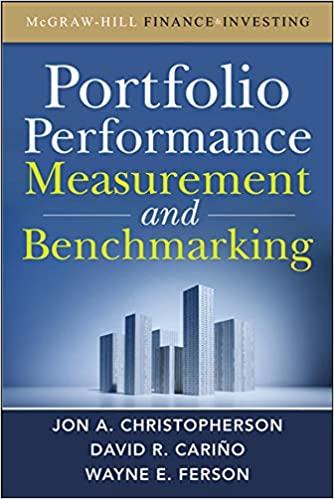Question
Nicholas Mushaike, an investment research analyst who graduated from The Wharton School of Business, wrote an article last year about Disney. He conducted a sum-of-the-parts
Nicholas Mushaike, an investment research analyst who graduated from The Wharton School of Business, wrote an article last year about Disney. He conducted a sum-of-the-parts analysis, and he concluded that a break-up would be best for Disneys shareholders. Please review his analysis and provide an assessment of his methodology and conclusions.
Mushaike estimated the net income by segment at Disney as follows:
-
Media Networks: $4.02 billion
-
Parks & Resorts: $2.79 billion
-
Studio Entertainment & Consumer Products: $2.25 billion
At the time of his analysis, Disneys stock price equaled $100 per share. Disney had 1.55 billion shares outstanding.
Mushaike began by identifying competitors for each segment. For Media Networks, he focused on Viacom, Time-Warner, and 21st Century Fox. He calculated their Price/Earnings multiples as follows: Viacom (9.15), Time-Warner (12.93), and 21st Century Fox (14.29). Since Disney is such a great company and has been a leader in the entertainment industry, he chose to use the 14.29 multiple to value the Media Networks segment at $57.4 billion.
Mushaike then identified the competitors for the Parks & Resorts business: Cedar, SeaWorld, and Six Flags. Their price earnings multiples were: Cedar (15.74), SeaWorld (14.63), and Six Flags (27.53). Since Disney is the theme park industry leader, he used the 27.53 multiple to value the Parks & Resorts segment at $76.8 billion.
Finally, he argued that DreamWorks was a major rival to Disneys film business. Then he went to the DreamWorks website, where he noted that, DreamWorks cites three major competitors on its website: Disney Pixar Studios, Fox's Blue Sky Studios, and the Weinstein Company. Therefore, he chose to analyze use the price/earnings multiples for Dreamworks, Blue Sky Studios, and the Weinstein Company in his analysis. Since two of those firms are privately held, he could only find a price/earnings multiple for Dreamworks (36.03). Using that multiple, he valued the Studio Entertainment & Consumer Products segment at $81.1 billion.
In total, he valued Disneys sum-of-the-parts at $215.3 billion, a 39% premium over its total market value at the time. He argued that a break-up of Disney could enhance shareholder value. What is your assessment of his analysis and conclusions?
Step by Step Solution
There are 3 Steps involved in it
Step: 1

Get Instant Access to Expert-Tailored Solutions
See step-by-step solutions with expert insights and AI powered tools for academic success
Step: 2

Step: 3

Ace Your Homework with AI
Get the answers you need in no time with our AI-driven, step-by-step assistance
Get Started


